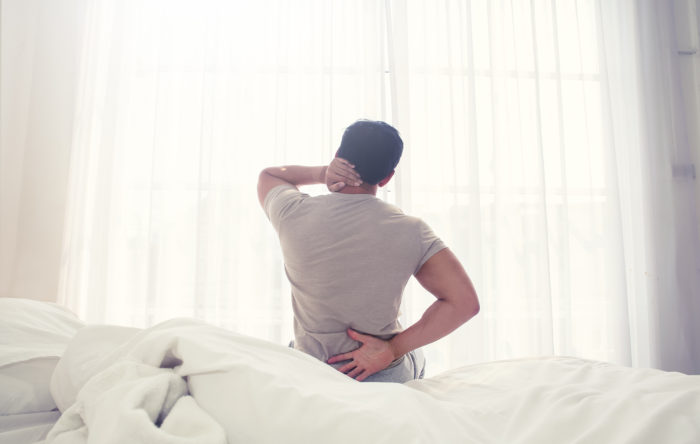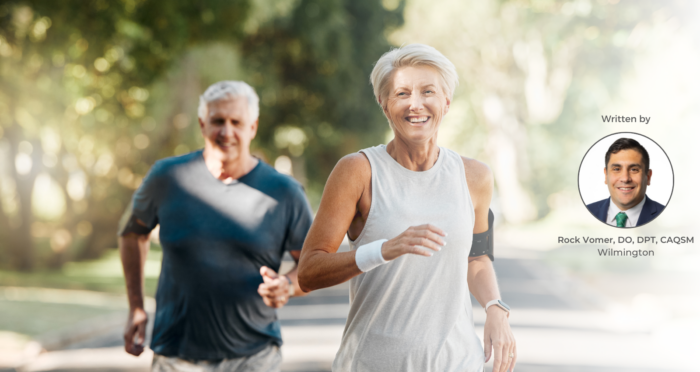In a world where the pace of life seems to constantly accelerate, many people find themselves battling fatigue and low energy levels on a daily basis. While it may seem counterintuitive, engaging in regular physical activity can actually be a powerful antidote to feeling tired and lethargic. Let’s explore the surprising link between physical activity and energy levels, debunking the myth that exercise depletes energy and highlighting its role in boosting vitality and well-being.
How Can Working Out Increase Energy Levels?
At first glance, it may seem paradoxical that expending energy through exercise can actually increase energy levels. However, numerous studies have shown that regular physical activity has a profound impact on overall energy balance and vitality.
The human body operates like a finely tuned machine, with physical activity serving as a catalyst for energy production and distribution. When we engage in exercise, our muscles work harder, increasing oxygen and nutrient delivery to cells throughout the body. This process stimulates the release of endorphins, neurotransmitters that promote feelings of euphoria and well-being, while also reducing levels of stress hormones such as cortisol.
Furthermore, regular exercise improves cardiovascular health, enhances lung function, and increases muscular strength and endurance. These physiological adaptations translate into improved stamina, resilience, and efficiency in performing daily tasks, ultimately leading to greater energy reserves and a heightened sense of vitality.
The Role of Physical Activity in Boosting Energy Levels
Contrary to popular belief, physical activity does not deplete energy; rather, it replenishes and revitalizes the body’s energy stores through a variety of mechanisms:
- Enhanced Circulation: Exercise increases blood flow to the brain and muscles, delivering oxygen and nutrients essential for cellular metabolism and energy production. This enhanced circulation promotes alertness, mental clarity, and sustained focus, combating feelings of fatigue and lethargy.
- Improved Sleep Quality: Regular exercise has been shown to improve sleep quality and duration, facilitating deeper, more restorative rest. Adequate sleep is essential for energy renewal and cognitive function, ensuring that individuals wake up feeling refreshed and revitalized each morning.
- Stress Reduction: Physical activity serves as a powerful stress reliever, helping to dissipate tension and anxiety accumulated throughout the day. By promoting relaxation and enhancing mood, exercise fosters a sense of calmness and emotional well-being, which in turn contributes to higher energy levels and resilience in the face of daily challenges.
- Regulation of Hormones: Exercise stimulates the release of endorphins, serotonin, and dopamine, neurotransmitters that promote feelings of happiness, pleasure, and motivation. Additionally, regular physical activity helps regulate insulin levels and improve glucose metabolism, preventing energy crashes and stabilizing blood sugar levels throughout the day.
How to Incorporate Physical Activity Into Your Busy Daily Life
For individuals seeking to boost their energy levels and enhance overall well-being, incorporating regular physical activity into their daily routine is essential. Here are some practical tips for integrating exercise into a busy lifestyle:
- Find Activities You Enjoy: Whether it’s walking, jogging, cycling, dancing, or practicing yoga, choose activities that you genuinely enjoy and look forward to. Making exercise fun and enjoyable increases adherence and motivation, ensuring long-term success.
- Start Slowly and Progress Gradually: Begin with manageable amounts of exercise and gradually increase intensity, duration, and frequency over time. Listen to your body’s cues and avoid overexertion, as this can lead to fatigue and burnout.
- Make It Social: Exercise with friends, family members, or join group fitness classes to make physical activity a social and enjoyable experience. Sharing the journey with others provides accountability, support, and motivation to stay active.
- Prioritize Consistency: Aim for consistency rather than perfection in your exercise routine. Even short bouts of activity throughout the day can add up to significant health benefits over time. Set realistic goals and celebrate your progress along the way.
Contrary to popular belief, physical activity is not a drain on energy; rather, it’s a source of vitality and well-being. By understanding the physiological mechanisms underlying the link between exercise and energy levels, individuals can harness the power of movement to enhance their overall quality of life. Incorporating regular physical activity into daily life promotes improved circulation, enhanced sleep quality, stress reduction, and hormonal balance, all of which contribute to sustained energy and vitality. Embrace the energy in motion and unlock your full potential for health and happiness.




